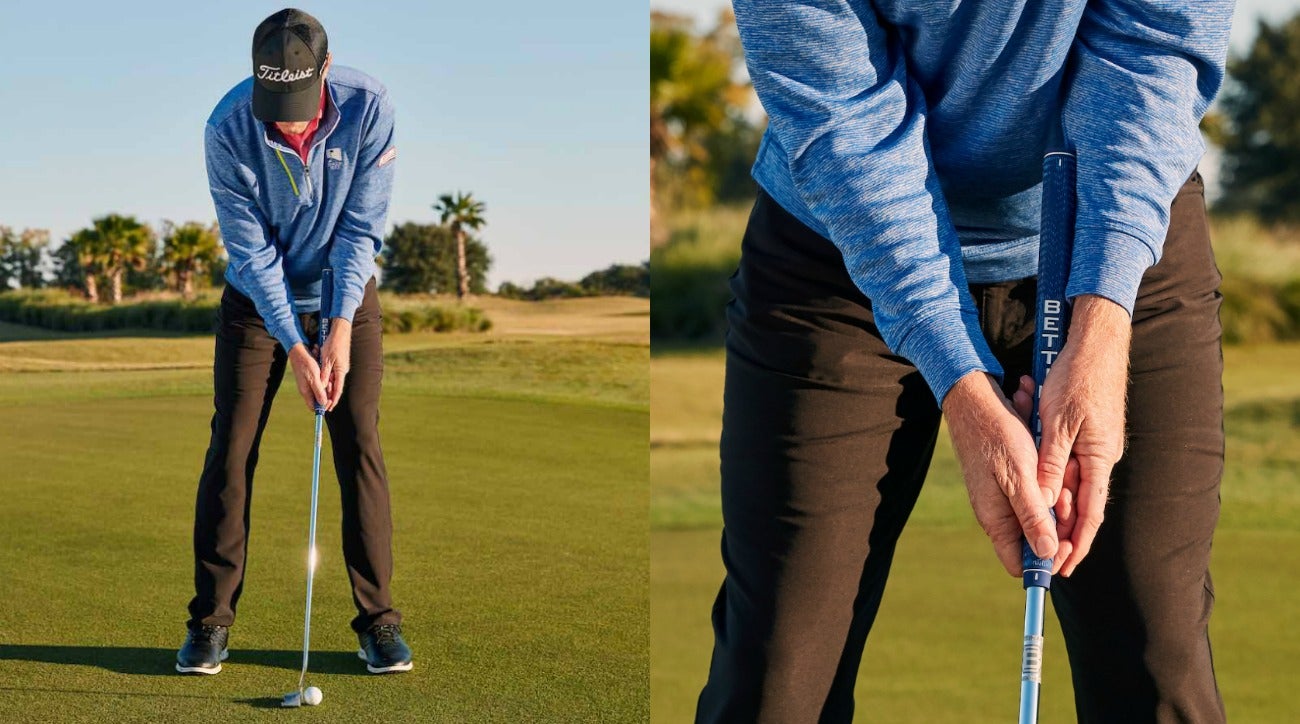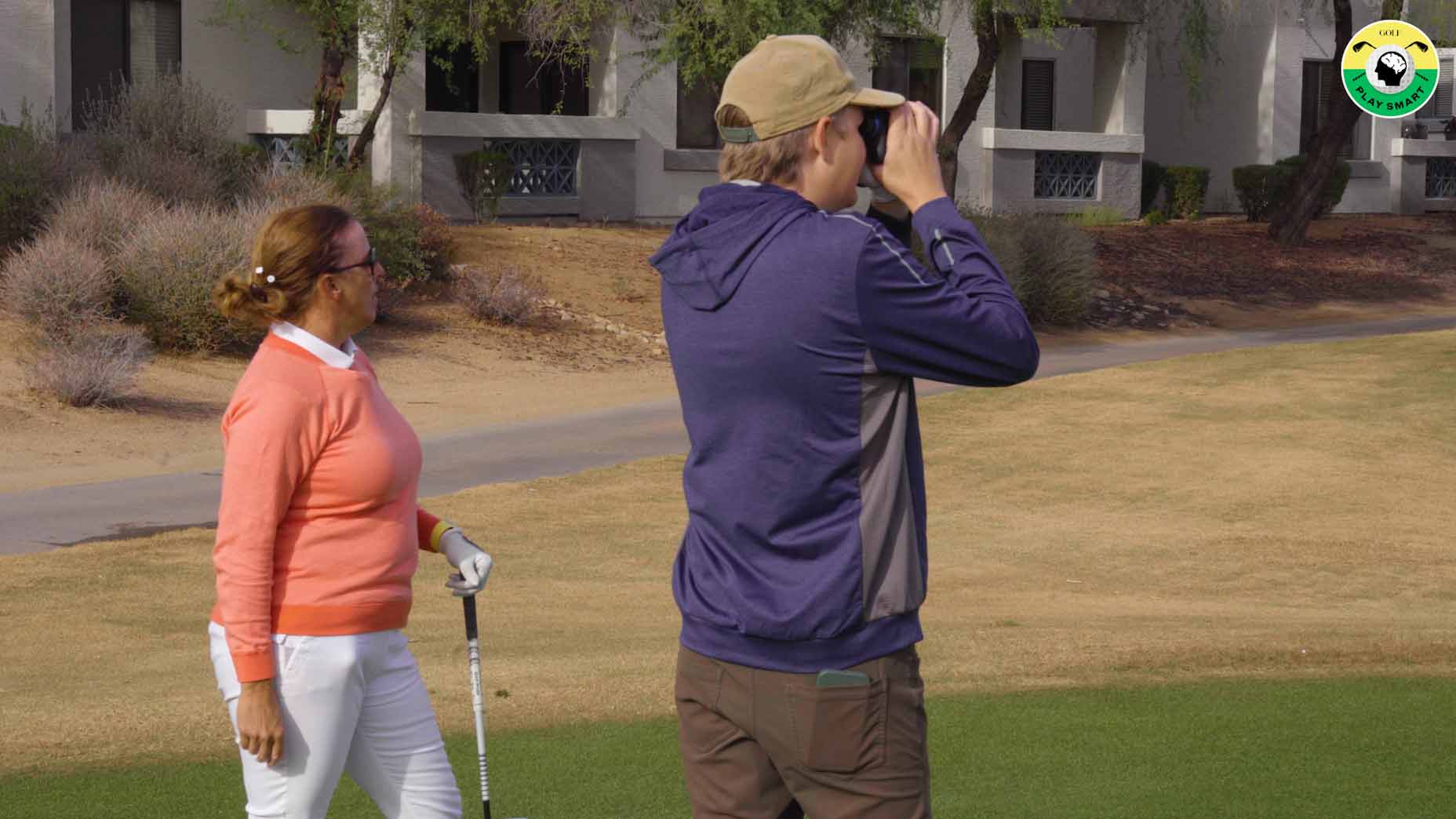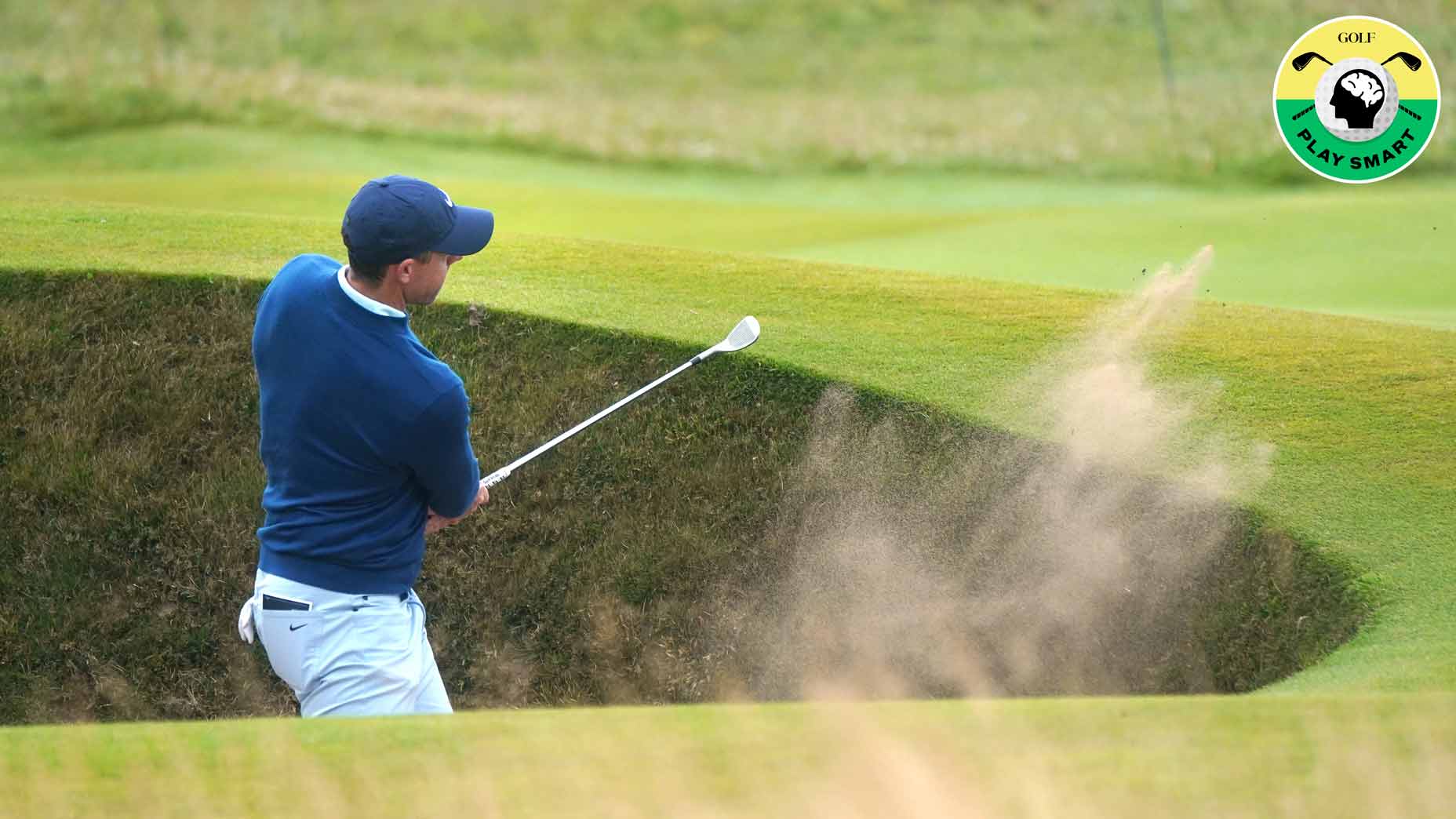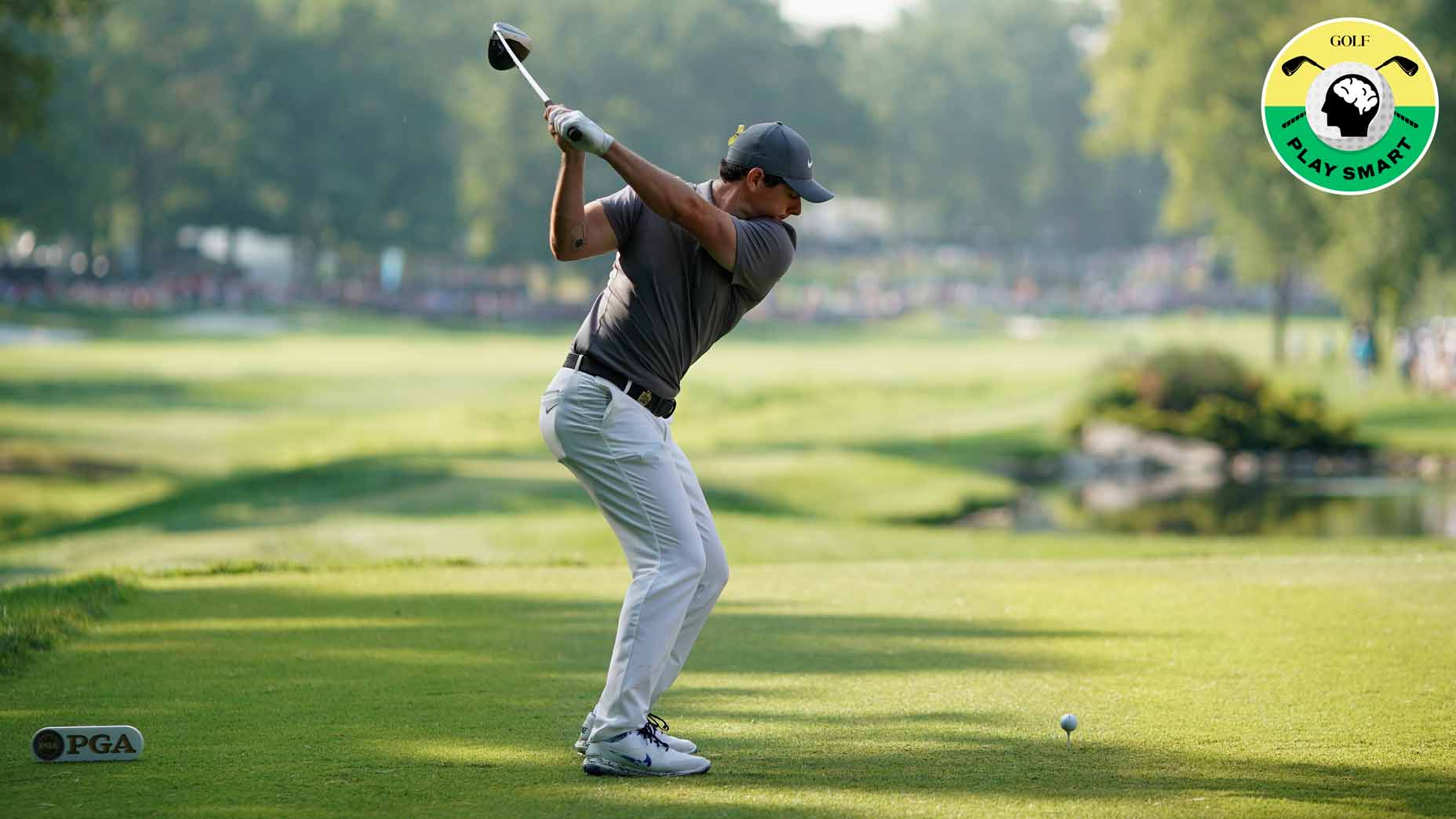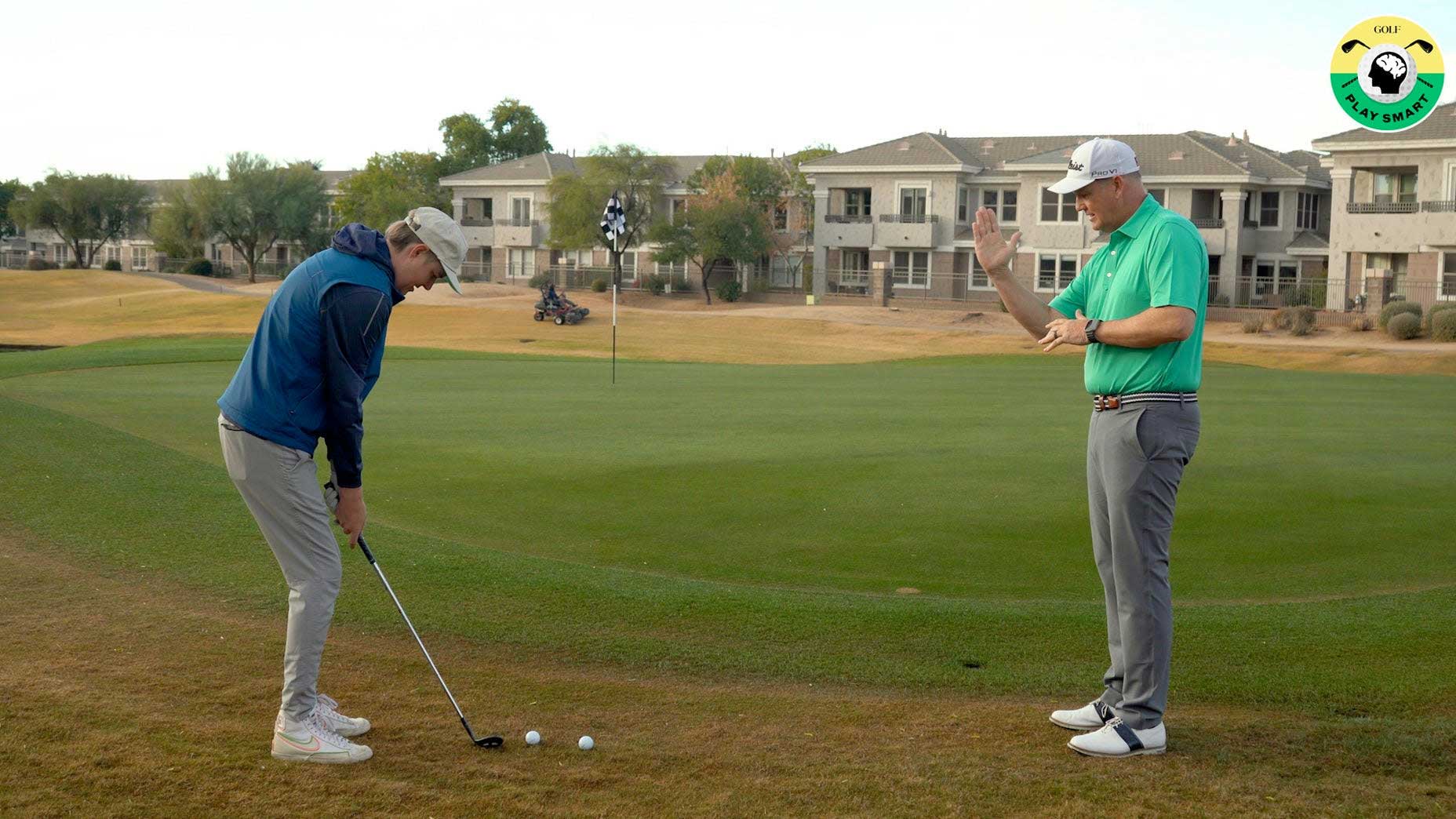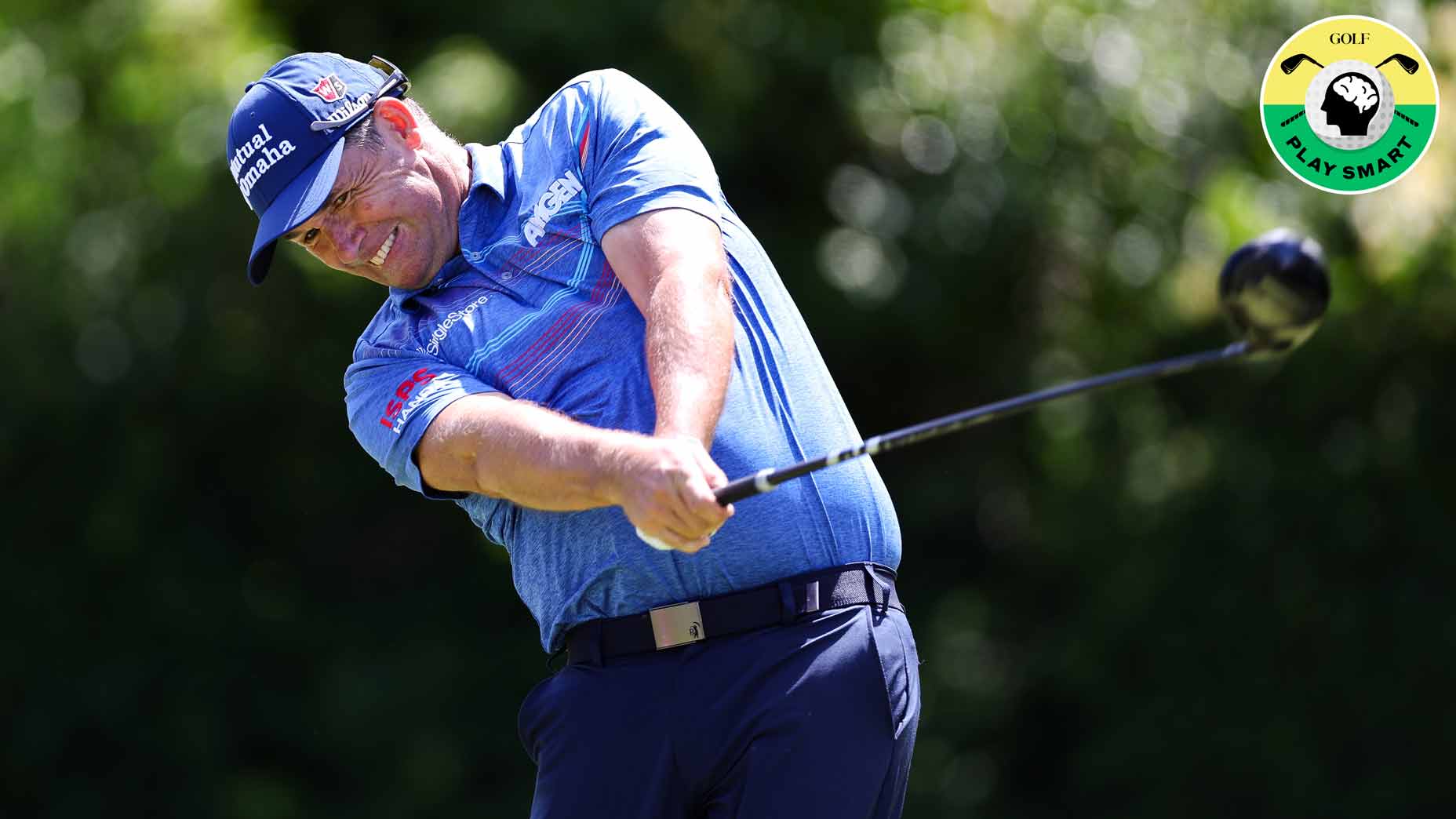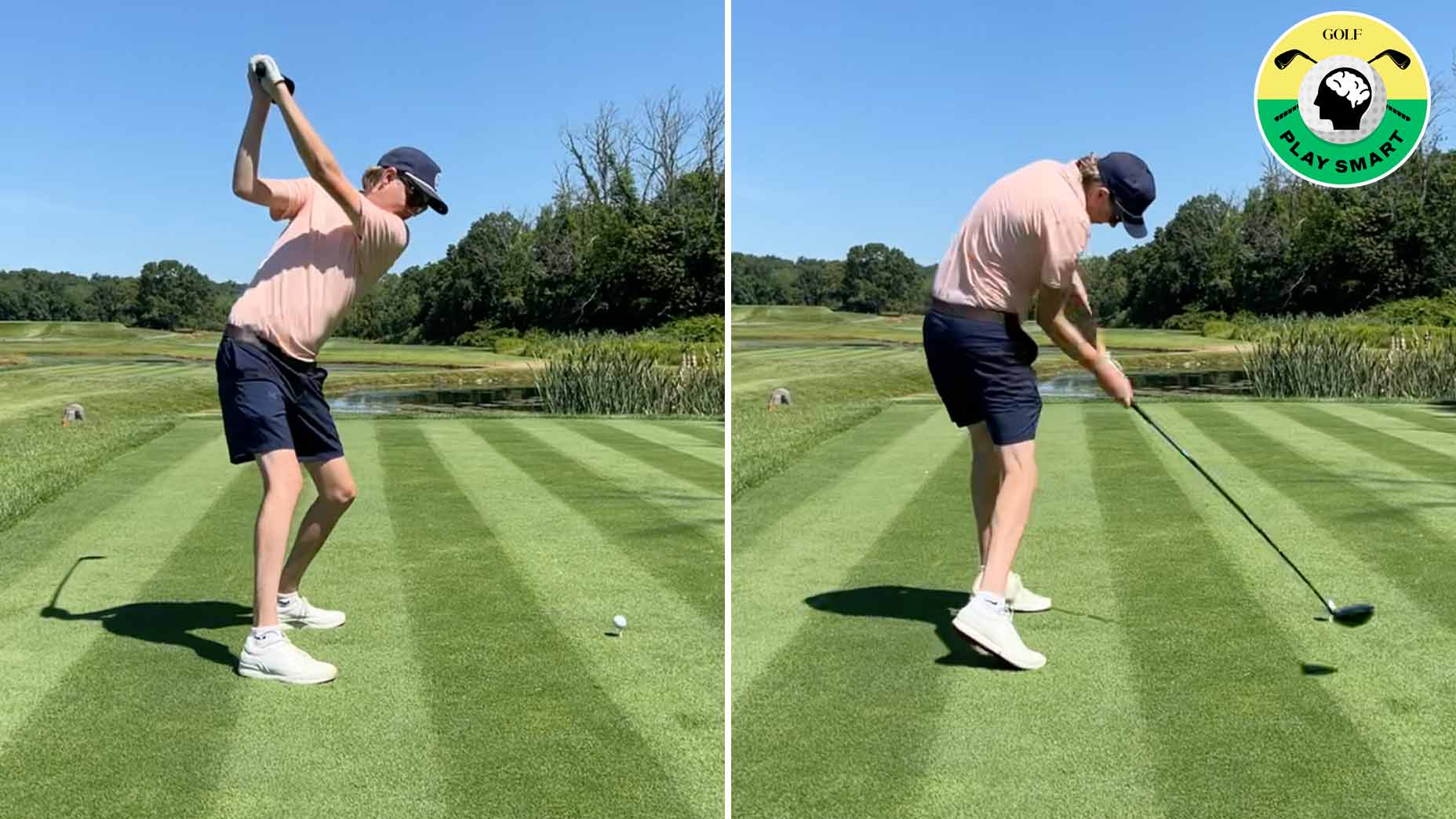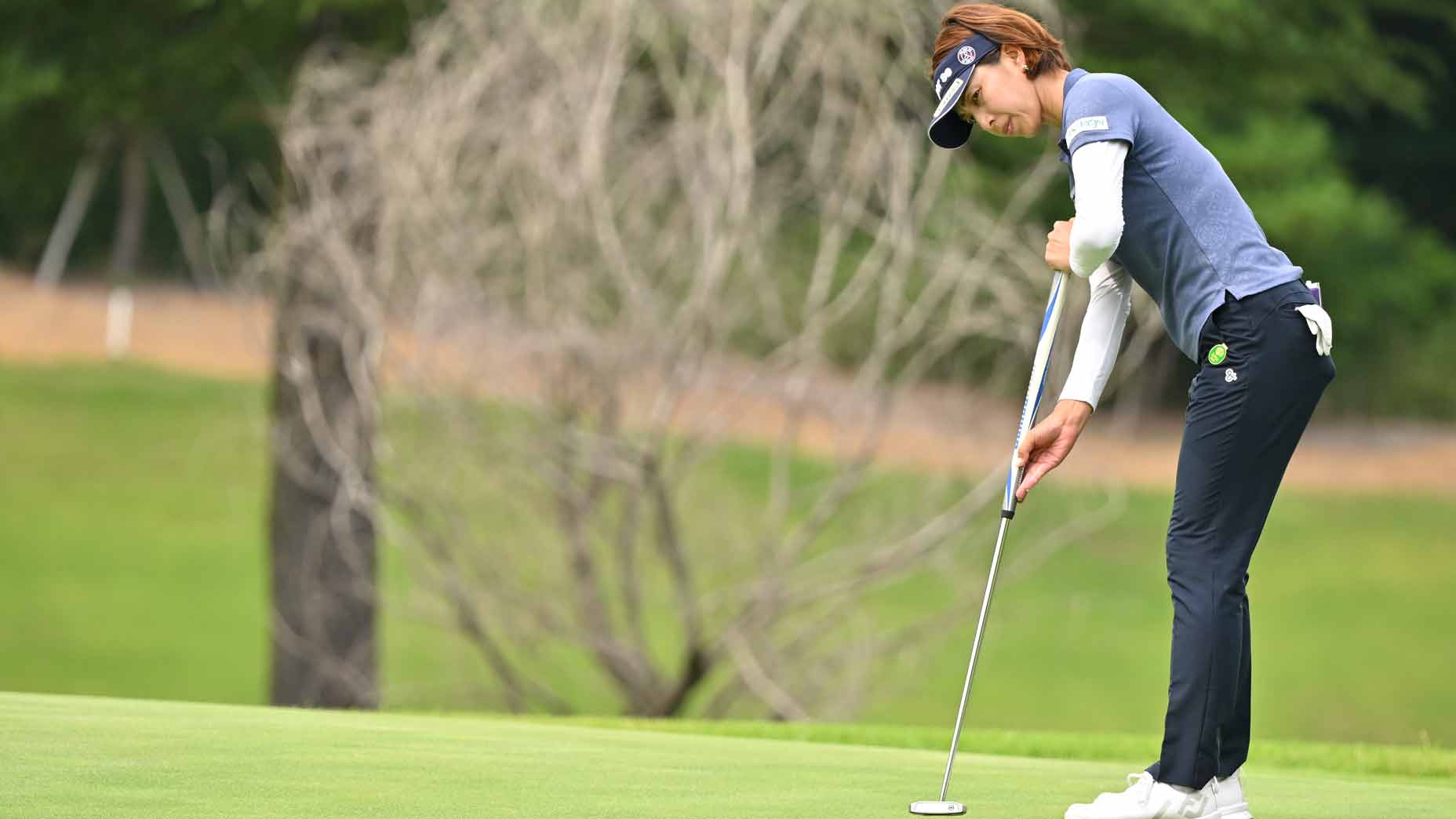I arm-lock putted for two years and then stopped. Here’s why
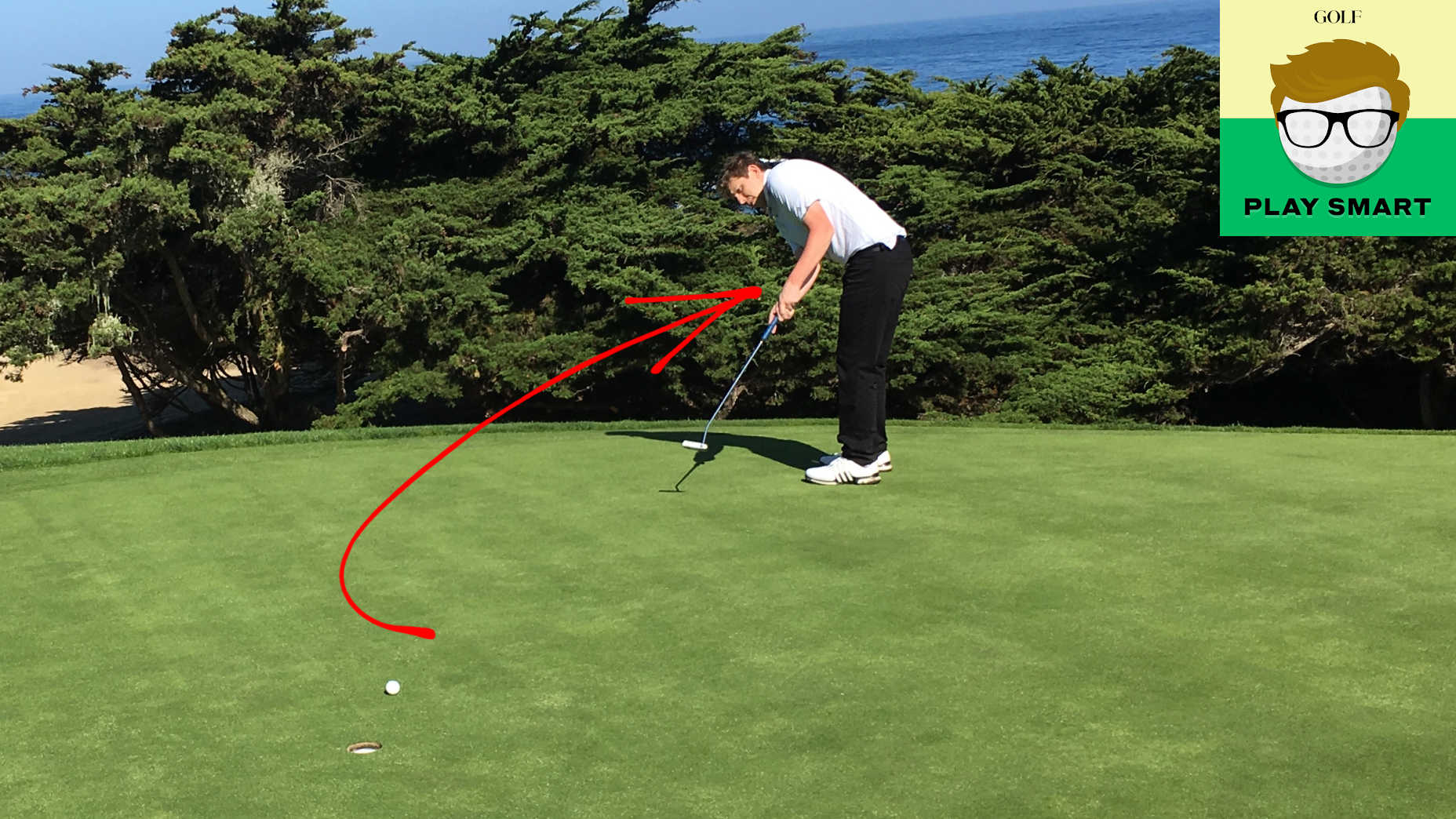
The author arm-lock putting on Cypress Point's 14th green.
Getty Images
Welcome to Play Smart, a game-improvement column that drops every Monday, Wednesday, and Friday from Director of Game Improvement content Luke Kerr-Dineen to help you play smarter, better golf.
I’m a compulsive putting tinkerer -—to the detriment to my game. But it’s great news for you as a GOLF.com reader, because when some strange, unusual putting technique comes along, I’m usually able to report back with first-hand experimental anecdotes.
Which brings us to arm-lock putting.
My foray into arm-lock putting was more than an experiment. I used the technique for more than two years from 2015 into 2018. I really committed to it, for better or worse, and I’m sometimes still tempted to switch back. Truth is, I’ve been fascinated by arm-locking for ages. Here’s me first writing about it for USA Today in 2015, and I’ve written about it lots and lots and lots and lots and lots and lots and lots and lots of times since then.
It’s been interesting watching a growing number of voices over the past week come to the fore calling for an arm-lock putting ban, largely because many of the loudest voices in the room, guys like Brad Faxon and Billy Horschel, don’t have much (if any) experience with arm-lock putting themselves.
So, here’s me, an ex-arm-anchorer, adding a few things I learned in an attempt to help round-out the discourse.
1. It’s not a simple switch
My initial switch to arm-locking was incredibly messy. To say I putted awfully is an understatement. It was atrocious. I putted so poorly that I actually threw away the first arm-lock putter I ever had at a gas station on my way back from the course. True story.
I stuck with it because I was convinced, in the long run, it would promote a more consistent technique, so I was going to push through no matter what.
Why was it so hard for me?
A big part is because I didn’t switch very intelligently (more on that later), but that in itself sort of illustrates an important point: arm-lock putting isn’t a simple upgrade that makes life easier. It’s more akin to switching to an unusual putting grip, like the claw, or putting left-handed. It requires a different setup, it alters your stroke, and you’ll need a whole new set of swing thoughts. Look at the way Bryson DeChambeau putts and you’ll see that arm-lock putting requires mastering a notably different kind of putting technique before you reap any of the benefits. That process takes time and hard work.
"We have to get rid of the arm lock"@BradFaxon tells @MichaelBreed that something needs to be done about arm lock putting pic.twitter.com/X2LYZg4lpD
— SiriusXM PGA TOUR Radio (@SiriusXMPGATOUR) April 21, 2021
2. Dialing-in my specs was a game-changer
My arm-lock putting career turned the corner once I realized I needed a proper fitting. Getting fit is important for every club, but there’s a few peculiarities with putters designed for arm-locking that makes getting fit so imperative.
Because the putter is designed to lean up against your forearm, it requires a longer shaft, a lot more offset, and more than double the amount of loft of most shorter putters. If you try to bluff your way through it, like I did initially, you’ll end up uncomfortable, not confident, and putting terribly wobbly-rolls on your putts.
If there was ever a foolproof recipe for shoddy putting, that’s it.
But this story has a happy ending! I got my issues figured out via a putter fit for me, and for a time I putted very, very well. I putted so well during one round that one of my playing partners that day later switched to the technique himself.
View this post on Instagram
3. Less wrist action isn’t necessarily good
So why did I switch back?
What I found with the arm-lock putting style is that, above all else, it helps eliminates movement. Your club resting up against your forearm means your wrists are less active during your stroke. The putter is acting more in unison with your arms.
Sometimes that’s great! At my best, I felt locked-in on shorter putts, because my wrists were less likely to take over. There was some level of certainty that my stroke wouldn’t vary too widely.
But there were some very real cons, too.
Movement in your stroke can, after all, be a good thing. Using your wrists can be forces for good for your putting: they can help you make little micro-corrections in your stroke. They can give you added power on longer putts, more touch on shorter ones, and a more free-flowing stroke.
And after all, even though the idea of keeping your putter attached to your arms sounds great in theory, it can be equally terrible. If your putter is attached to your arms, and your arms are moving in the wrong direction, it’s like a train being on a set of tracks that are heading in the wrong direction. You’re not going to end up where you want.
All of which is to say it’s not a black-and-white tradeoff. Taking the wrists out of Ben Crenshaw’s putting stroke wouldn’t make him a better putter the same way that taking the wrists out of Steph Curry’s jump shot wouldn’t make him a better shooter. It’s all relative.
More movement isn’t bad. It’s how you move that matters.
Ben Crenshaw's putting stroke.
So buttery. pic.twitter.com/kbUlVLavEV
— LKD (@LukeKerrDineen) April 21, 2021
4. It’s better for some than others
Ultimately, that’s why I switched back to a conventional style. There were some real benefits to arm-locking, but like everything, it wasn’t perfect. I wanted to cultivate my feel with more wrist action on longer putts, using a putter that was a little lighter.
If there’s one thing I want you to take away from this article, it’s that there’s no golden bullet in golf. Just because arm-locking is clearly better for some players, like Bryson, it doesn’t mean it’s an easier and better way to putt for everyone that warrants a ban.
If you’re a golfer with overactive wrists, look into arm-locking! It might help. If you’re a little more free-flowing, maybe it won’t. And whatever method you choose, you’ll still need to read greens correctly, and judge the speed accordingly.
It’s all about what’s best for you, and there’s no one-size-fits all.

